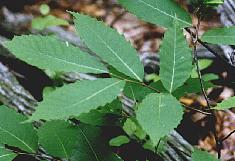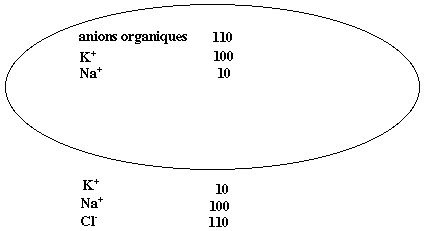Castanea dentata Cupuliferae
For millennia, mankind has domesticated this plant genus for its numerous uses, from feeding to tanning. It originated in Asia Minor: Persia, Armenia, Transcaucasia? In any case, Romans transplanted it to Western Europe. The first chestnut groves date back to when arboriculture techniques, such as pruning, budding or grafting had been mastered. During the Middle Ages, monasteries saw to preservation and development of chestnut groves. These trees are found at 1,500-2,500 ft elevations, on acidic soils (schists, granite; chestnuts hate limestone), and below about 52° N latitude, since frost destroys the flowers. It is not known when chestnut trees were introduced in North America.



 les molécules de la biologie, leur agencement, et leur admirable coopération, qu’il s’agisse de nuire (virus, bactéries pathogènes), de défendre ou d’aider l’organisme.
les molécules de la biologie, leur agencement, et leur admirable coopération, qu’il s’agisse de nuire (virus, bactéries pathogènes), de défendre ou d’aider l’organisme.